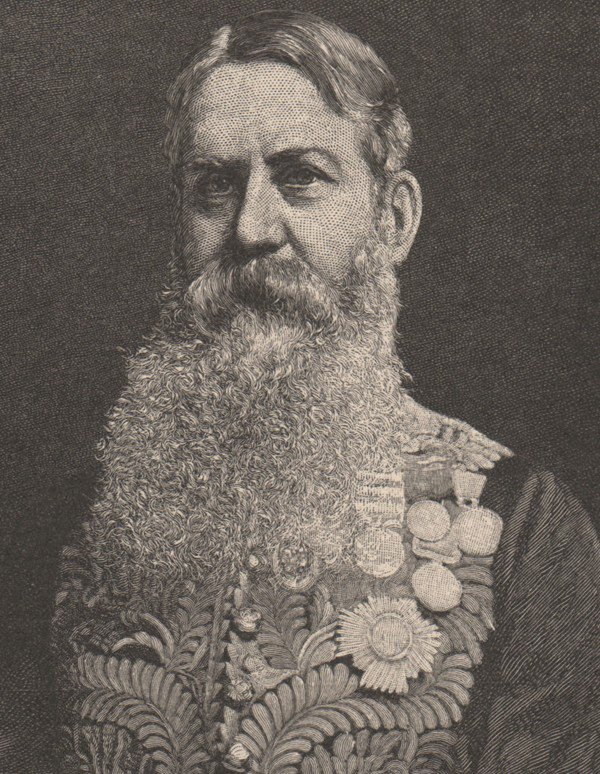정준모
China’s ‘stolen’ cultural relics: why the numbers just don’t add up








The Chinese cultural relics set for Yokohama International Auction’s autumn sale in Tokyo, last year, before it was cancelled.
“In private, most Chinese scholars are much happier that the material is in England,” she says. The Dunhuang scrolls remaining in Japan are dwarfed in number by those in the British Library’s collection, purchased by Stein from 1907.
“There are about 7,000 fairly complete scrolls, so they’re reasonably substantial. Six thousand of those are rolls of paper anything from five to 30 feet long, mostly Buddhist. And then when you get towards the other end, they’re very tiny fragments because they’re really the bottom of the sacks.”
No sooner had China begun to open up in the 1970s than Chinese scholars were invited to work on this “Stein debris”, carefully flattening pieces for analysis.
Continuing cooperation by members of the British Library-based International Dunhuang Project has seen thousands of documents from collections around the world digitally photographed and made freely available online. The British Library’s entire Dunhuang collection is now being published in a 150-volume catalogue by the Guangxi Normal University Press.
In private, most Chinese scholars are much happier that the material is in England
Dr Frances Wood
In 2014, China drafted an international rule on the return of cultural property – China’s first such effort, reported the China Daily, in November. “The Dunhuang Recommendation has led to more success in China’s efforts since then.”
However, this home-made “international rule” is merely wishful thinking and China has been party to a 1970 Unesco convention on the illicit transfer of stolen cultural property since 1989. It is this that provides a proper legal basis for reclaiming stolen antiquities, but it doesn’t apply to those taken before 1970, and the Dunhuang Recommendation, as the 2014 rule is known, changes nothing.
Yokohama International Auction is registered in Hong Kong and its owner is reportedly a Japanese national of Chinese descent. On its Japanese webpages – although not those in Chinese – the company makes clear that its very purpose is the return of Chinese antiquities to China.
Before being cancelled, the November auction had been won by a Japanese national, but the items were returned to their owner, not passed to China. This was, in fact, the opposite of progress, and nothing to do with any “international rule”.


FAMILY SITE
copyright © 2012 KIM DALJIN ART RESEARCH AND CONSULTING. All Rights reserved
이 페이지는 서울아트가이드에서 제공됩니다. This page provided by Seoul Art Guide.
다음 브라우져 에서 최적화 되어있습니다. This page optimized for these browsers. over IE 8, Chrome, FireFox, Safari